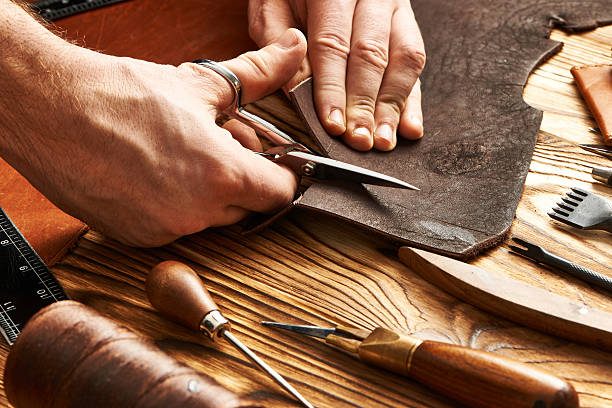The Resurgence of Craftsmanship: A New Appreciation for Handmade Goods
Introduction: In a world dominated by mass production and fast fashion, the resurgence of craftsmanship stands as a beacon of hope. A growing appreciation for handmade goods is sweeping across societies worldwide. Read below to explore this fascinating trend.

A Historical Perspective on Craftsmanship
Craftsmanship, the art of creating goods with a high degree of skill and quality, dates back to the earliest human civilizations. Artisans, skilled in various crafts, were revered in societies for their talent and the uniqueness of their creations. With the Industrial Revolution, mass production replaced the artisanal mode of production, leading to a decline in the value and appreciation of craftsmanship. However, in recent years, we are witnessing a resurgence in the appreciation for handmade goods, indicating a shift in societal values and attitudes.
The Craftsmanship Renaissance: Current Trends and Cultural Shifts
The 21st century has brought about a marked shift in consumer preferences. People are increasingly favoring unique, quality goods over mass-produced items. This has led to a revival of traditional craftsmanship across various sectors like fashion, furniture, jewelry, and more. Furthermore, the growth of e-commerce platforms has enabled artisans worldwide to showcase their work to a larger audience, further fueling this trend.
The Appeal of Handmade Goods: Quality, Sustainability, and the Human Touch
The increasing popularity of handmade goods can be attributed to several factors. First, these goods are associated with superior quality and durability, a refreshing change from the disposable mentality promoted by fast fashion and mass production. Second, the production of handmade goods is often more sustainable, appealing to environmentally conscious consumers. Finally, there is a human connection in handmade goods - each piece tells a story of the artisan’s skill, time, and effort, creating an emotional bond between the creator and the consumer.
The Sociological Significance of the Craftsmanship Resurgence
The renewed appreciation for craftsmanship has significant implications. It signals a growing disillusionment with impersonal, mass-produced goods and a desire for more meaningful consumption. This trend is also contributing to the preservation of traditional skills and techniques, promoting cultural diversity. Furthermore, it is creating sustainable livelihoods for artisans across the globe, fostering economic empowerment and social inclusion.
Balancing Tradition and Innovation: The Future of Craftsmanship
The future of craftsmanship lies in balancing tradition and innovation. While preserving traditional skills and techniques is important, there is also a need for innovation to meet contemporary needs and preferences. Techniques such as digital fabrication and 3D printing are being integrated with traditional artisanal practices, opening new possibilities for the future of craftsmanship.
In conclusion, the resurgence of craftsmanship represents a shift towards more conscious, quality-driven consumption. It underscores the value of skills, creativity, and the human touch in an increasingly automated world. As we move forward, it will be interesting to see how this trend evolves and continues to shape our society.






